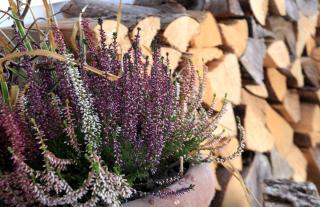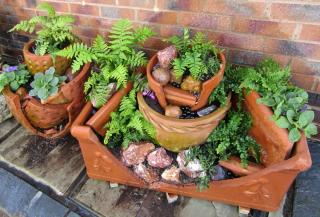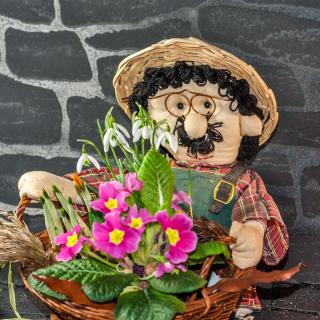

Winter doesn’t mean your terrace or balcony must remain void of all life.
Here are our tips to keep it beautiful, alive and flourishing until Spring gets there.
With perennials, you’ll be growing plants that will stand true year after year without much work, since you’ll save time and efforts as compared to annuals which you must sow and replace. Winter-blooming perennials are particularly interesting in the garden because they fill the gap between tardy autumn flowers like aster and early spring blooms. For instance, let’s mention hellebore, or Christmas roses which bear flowers from November to April depending on the variety. Other noteworthy hellebores are Helleborus niger, Helleborus foetidus (also called the Corsican hellebore) and Helleborus argutifolius. These are all very hardy plants that withstand colds down to 19°F (-7°C).
 As long as it doesn’t freeze, you can plant these beautiful winter wonders and savor their blooming until the weathers turns milder. They’ll then fade away discreetly just as spring perennials start budding, but their leafage will continue to decorate your landscape. Year in and year out, their clumps will slowly increase in size. To add some color, a nice option is winter heather, the hardiest of all flower plants.
As long as it doesn’t freeze, you can plant these beautiful winter wonders and savor their blooming until the weathers turns milder. They’ll then fade away discreetly just as spring perennials start budding, but their leafage will continue to decorate your landscape. Year in and year out, their clumps will slowly increase in size. To add some color, a nice option is winter heather, the hardiest of all flower plants.
Feel free to dabble into luminous, light-reflecting plants to fill the gaps in your landscaping. For example, there are beautifully colored varieties of medicinal sage such as the ‘Purpurascens’ variety that unfurls dark reddish gray leafage, or bushy bindweed: Convolvulus cneorum which has glossy, silvery leaves, and flowerbuds that are white with a hint of pastel pink.


If you plant both:
you’ll be blessed with beautiful pink blooming along the lower levels of your flowerbeds from fall to the end of winter.
Remember to select a few ornaments to increase the appeal of the flowers you grow on your balcony!